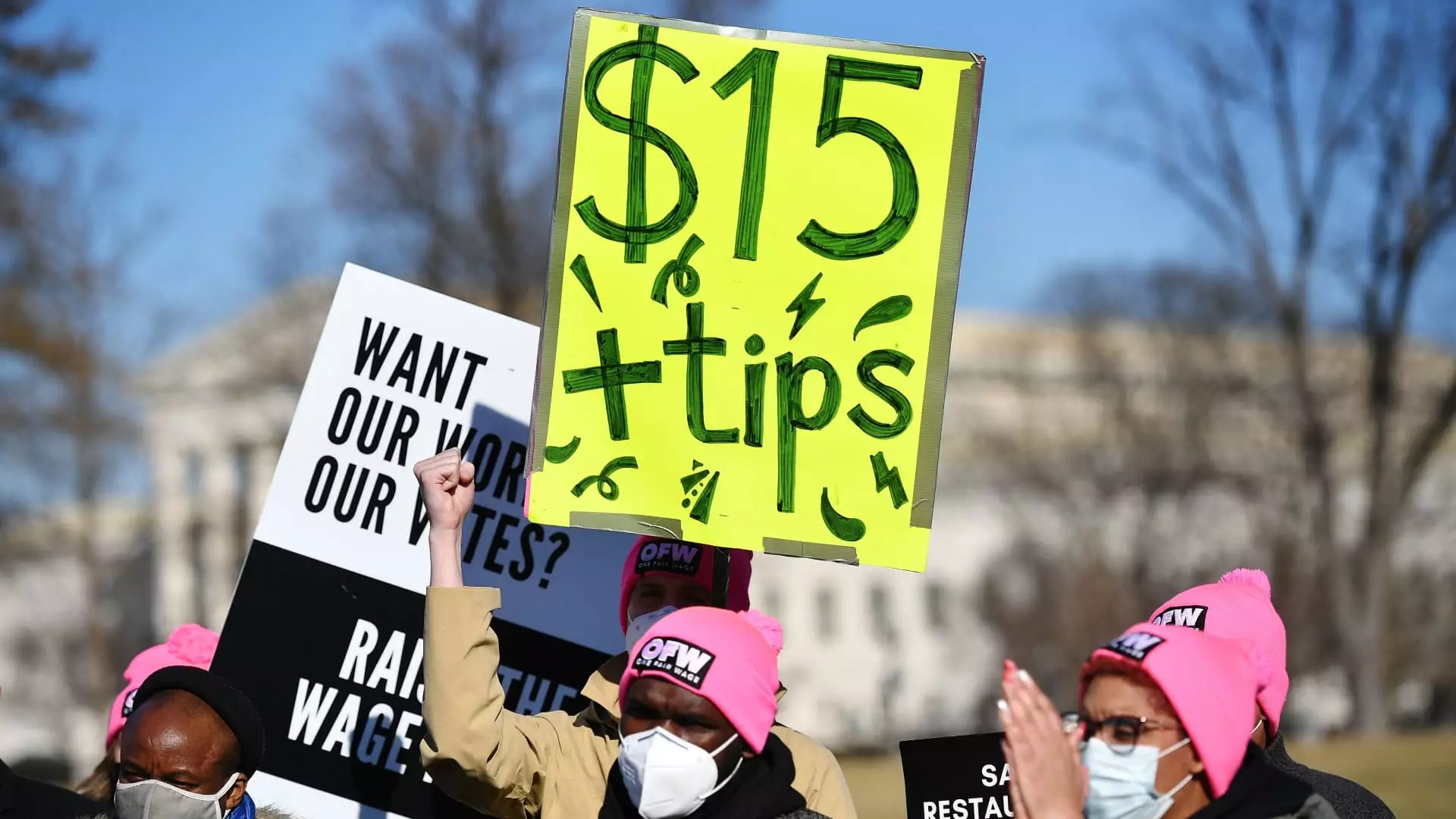The federal minimum wage has been stagnant at $7.25 per hour for the past 15 years. This lack of increase has left many workers struggling to make ends meet, unable to keep up with the rising cost of living. While some states have taken initiative to set their own higher minimum pay rates, there are still 20 states that have wages that are no higher than the federal level. This discrepancy in pay rates across the country highlights the urgent need for a change at the federal level.
Democratic presidential nominee, Kamala Harris, has expressed her support for raising the minimum wage. She has praised states that have raised the rate to at least $15 per hour and has vowed to continue the fight for working families if elected president. On the other hand, former President Donald Trump has voiced concerns about the impact of raising the federal pay threshold on small businesses, suggesting that it could lead to job losses. The differing political stances on this issue highlight the complexity of the minimum wage debate.
One key aspect that often gets overlooked in the minimum wage discussion is the connection between higher wages and stronger consumer buying power. When workers earn higher wages, they are more likely to spend that money, which in turn benefits businesses. Additionally, raising the federal minimum wage to $15 per hour would increase the incomes of about 20 million workers. This would not only help low-wage workers earn a living wage but also stimulate economic growth by putting more money into the hands of consumers.
Despite concerns about affordability, a CNBC survey found that a majority of small business owners support raising their state’s minimum wage. However, many of them worry that such a change could make it challenging to pay critical workers. Nevertheless, advocates argue that raising the minimum wage would make it easier for businesses to recruit and retain employees. Companies like Target and Walmart have already set their own higher minimum pay thresholds in response to tight labor market conditions, demonstrating the feasibility of higher wages.
It is clear that the federal minimum wage is long overdue for an increase. Workers across the country are struggling to make ends meet on stagnant wages, while the cost of living continues to rise. Raising the minimum wage to $15 per hour would not only benefit low-wage workers but also boost consumer buying power and stimulate economic growth. It is imperative that policymakers take action to address this issue and ensure that all workers are able to earn a living wage. The time for change is now.

